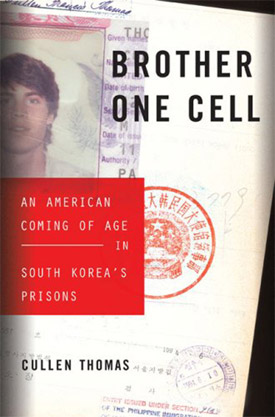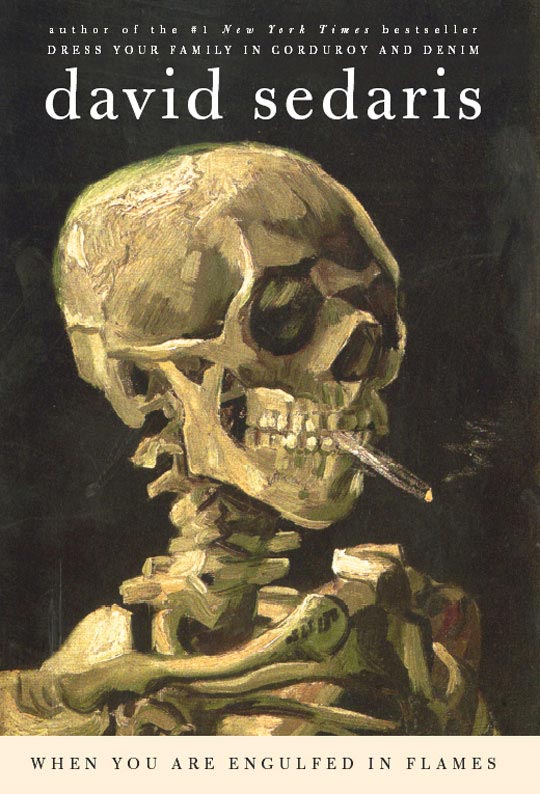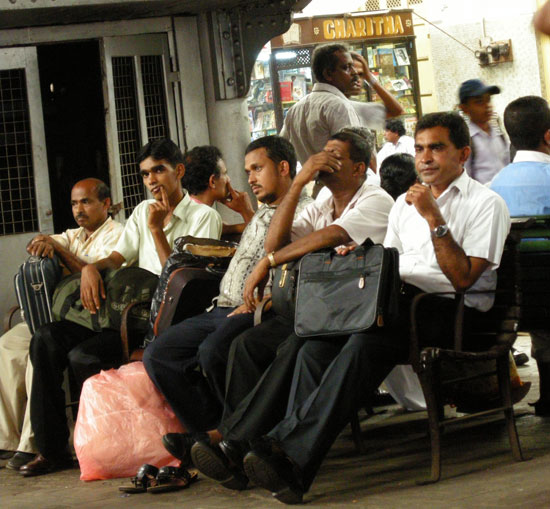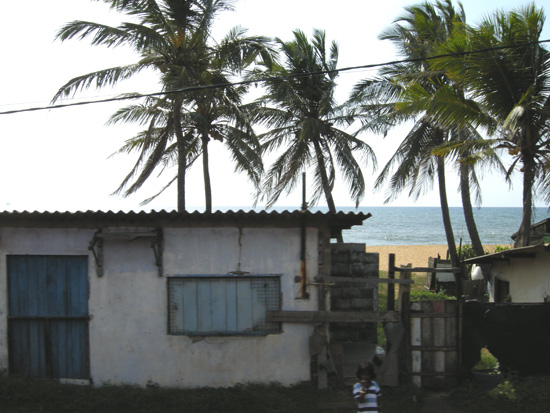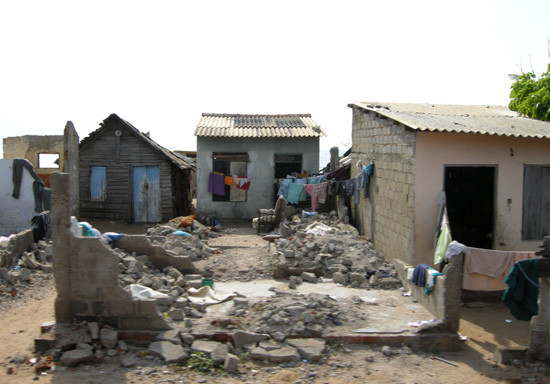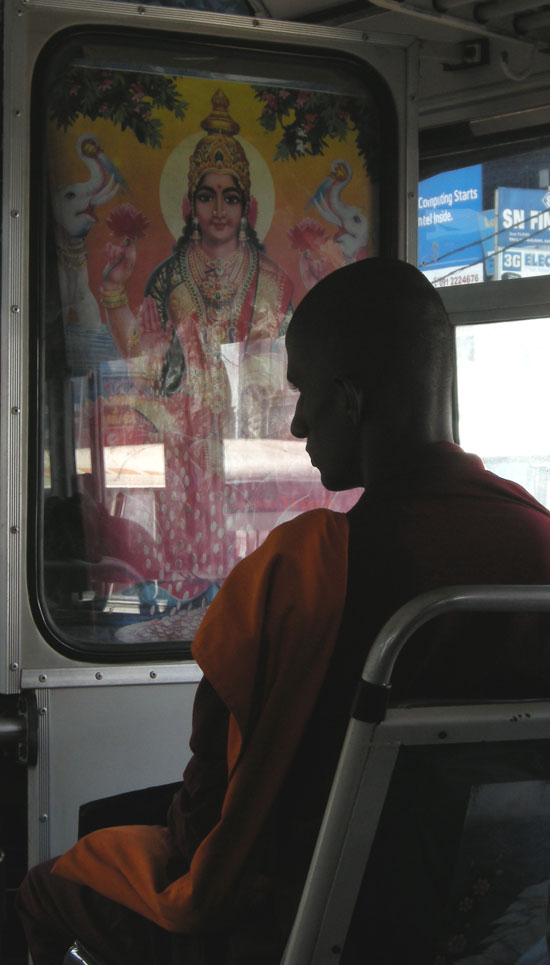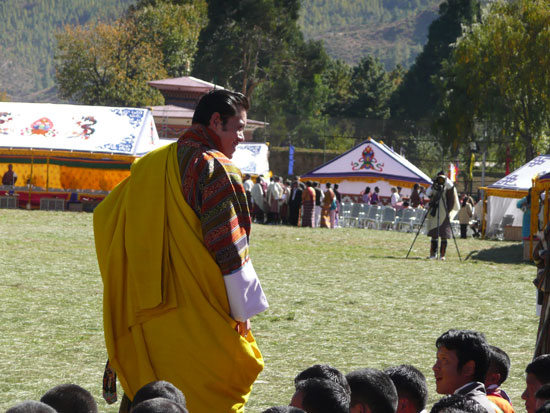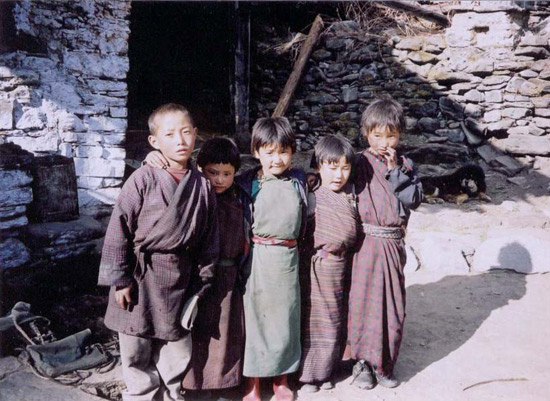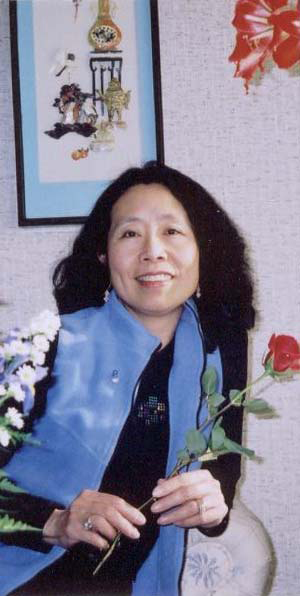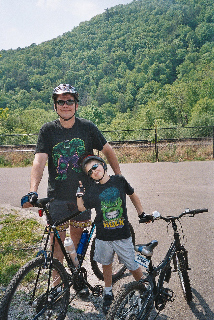
Aşure, or Noah’s Pudding, is an ancient Turkish recipe. It has pretty much everything in it, including garbanzos, wheat, beans, rosewater, dried figs, apricots, and nuts. It’s not smooth and creamy like other puddings; it’s lumpy and chewy. It seems healthy because there are so many fruits, nuts, and whole grains in it. I have often heard people say aşure is “an acquired taste.” In this case, “an acquired taste” means it’s pretty sticky and gross, but despite appearances, it’s traditional, and people enjoy eating it.
As a half-Turk on my mother’s side, I have eaten the pudding many times. However, I have never actually made it because it’s one of those really daunting dishes to prepare. Plus, every chain store in Turkey carries the instant, packaged version, so if I ever got desperate to have some, it could be ready in 20 minutes.
However, I want to learn how to make some traditional dishes as part of my stay in Turkey, so I open my Internet browser to see what’s involved. “Oh yeah, no problem,” I tell myself, scrolling up and down ethnicfood.com. I can totally make this for my grandparents.
I have made other dishes for my grandparents, but none quite as demanding as aşure. In Turkey, “one-stop” grocery shopping is uncommon. Every town has its own magnificent farmers’ market, as well as a butcher, bakery, and kuruyemiş (dried food store). I think of the kuruyemiş as a trail mix store. My local place sells treats like dried apricots, figs, pumpkin seeds, and walnuts by the kilo. My favorites are the dried chickpeas because they have a nutty flavor, and they are really crunchy, like corn nuts. I take great pleasure in exploring the Turkish purveyors and chitchatting with the vendors, but it’s time-consuming to shop this way, so tracking down the aşure ingredients takes me several days. I keep poking my head into corner stores and asking, “Incir var mı? Aşure için?” Do you have figs? For aşure?
“Aşure? Aşure yapiyor musun?” You are making aşure? Shopkeepers always have a look on their face as though they’re thinking, “It’s pretty funny that this foreign girl is making aşure.”
In a few days my grandparents are coming home to Istanbul from their summerhouse on the Aegean. While they have been away, I have been in their Istanbul house, studying Turkish, cooking, and looking for a job where I don’t have to speak the language.

Kanlica and tea culture
My grandparents’ home is in a town called Kanlica, on the Asian side of Istanbul. The Bosphorus Strait divides Istanbul into two continents — Asia and Europe. And though the two are separated by only a three-minute ferry ride, the European part of the city is much more urban and progressive than its Asian counterpart. There are lots of universities and 20-something students supporting radical causes on the European side, but Kanlica is like a sleepy little resort town.
Commuting back and forth between the continents is one of my favorite parts of life in Istanbul. At the end of my day on the European side, I usually wind up lugging all of my Turkish dictionaries and notebooks, as well as groceries, back home on the ferry. I like to sit on the top deck and stare at the waterfront mansions as we glide by. The properties that pepper the edge of the Bosphorus are among some of the most beautiful and expensive real estate in the world. Wealthy Ottomans who treasured the view of the Bosphorus built most of the waterfront mansions, or yalilar, in the 18th and 19th centuries, and the buildings are still an important part of Istanbul’s landscape.
One of the most incredible homes that I pass daily is 30,000 square feet and was put on the market for $100 million in 2007. As most of the homes on the water, its stately European design mingles with Islamic touches, like dome-shaped windows. An expansive outdoor dining area and swimming pool connect the main home to the enormous pool house, where I imagine the residents sit and drink their afternoon tea when it’s too hot to sit in the sun. It always seems like the ferry passes by this house too quickly. I never have enough time to inspect the elaborate latticework or to catch a glimpse of the house staff setting out the breakfast trays. The boat ride might be too short, but I really appreciate the five-minute break the ferry affords me after a long day of carrying all of my things around like a pack mule.
I’ve become friends with the guys who run a teahouse next to the Kanlica Iskele, or Kanlica ferry port, so if I wave at them as I step off the boat, they call, “Cay ister misin?” — offering me tea before I walk home. Tea culture is very important to Turks. People often meet at teahouses and sit for hours, swirling the sugar in their glass teacups. Although I have grown to delight in the strong black tea accompanied simply by sugar cubes, I still get incredibly antsy sitting over tea for such a long time.
I do, however, like to stop and talk with Mehmet and Cenan because I think they are extremely generous to want to hang out with me. I must be maddening to interact with. This is how conversations generally go: Mehmet will ask me some very simple questions, like how was my day or if the tea is nice. Then I stare at him with my head cocked to one side and my eyebrows furrowed as I try to assemble a Turkish sentence in my head. After an uncomfortable silence, the grammar of a two-year-old awkwardly stumbles out of my mouth, and I say triumphantly, “Iyi. Ben iyi!” Or, “I good!”

It might not be elegant, but I am very proud of this milestone in my language development, because I can now gruffly bark out infinitives, eschewing silly nuisances like prepositions and proper conjugations.
Two days before my grandparents come home from the summerhouse, I plop down at Mehmet’s little table by the ferry port with my heavy bags. I proudly point to my shopping bags and exclaim, “Aşure yapiyorum!” I’m making aşure!
My friends are clearly tickled by this, but they also look a little shocked. Perhaps I’m imagining it, but I think Cenan is skeptically eyeing my skinny jeans. Maybe my outfit doesn’t look Turkish, but I’m half-Turkish, I swear!
“Aşure? Sen?” he asks in disbelief. You?
“Yes! Yes! Fig, apricot, sugar, wheat, rosewater … uh-huh. Very big, this like!” I throw my arms out to the side. “Saturday! Saturday I bring. I bring! Okay, okay. I have to cook. Saturday!”

A “proper” Turkish girl
I’m pretty excited as I spread all of the ingredients out on the kitchen counter. I carefully measure out the sugar, water, and wheat, and put them in a big pot. A little bit later, I add the chickpeas and white beans I’ve been soaking for 24 hours. When I plop in the orange peel I have cut up, the kitchen starts to smell fruity and sweet. Now I have to start chopping the enormous pile of fruit and nuts. But the time is well spent because this is what you do to be a proper Turkish girl, right? You spend hours cooking aşure for elderly people and for ferry port boys.
Unfortunately, I have very little idea about what a “proper Turkish girl” would do. That identity has been worrying me since I arrived in Istanbul and noticed that I didn’t really fit my grandparents’ “proper Turkish girl” template. The primary thrust behind my aşure-fest is to attempt to be more of a proper young lady in my grandparents’ eyes, since I haven’t been fulfilling their expectations very well.
In the United States, I live in the liberal “la-la land” of San Francisco. I had some idea about what to expect from Turkey in terms of the food and the language, but I was unprepared for the behavioral expectations for Turkish ladies. The cultural expectations are significantly exacerbated by the fact that my grandparents have a very traditional perspective on feminine behavior. I have now come to think I’m supposed to stay home and read quietly with my grandparents, and only leave the house when accompanied by my grandfather. So now I think that if I partake in some very old Turkish traditions, I’ll show them I can be the kind of Turkish woman they expect and compensate for my not-so-demure disposition.
The problems seem to start with my fashion choices. For instance, people don’t really rock the faux hawk in Kanlica, especially among women. All the women have incredibly beautiful dark locks cascading midway down their backs. (Doesn’t anyone have bad hair days around here?)
Unfortunately, it’s not just my brash haircut that sets me apart. I’ve managed to shock everyone in my family with my affinity for public transportation and my tendency to run all over Istanbul, visiting the historic sites … alone. As if that weren’t un-Turkish enough, my grandmother seems to have issues with the way I dress. She affirmed my suspicion that I’m not exactly feminine enough when she commented, “You have the pretty leg. You always wear the jean. You should wear the skirt.”
“Oh, yeah. You’re right, Anne Anne (grandmother), sure,” I replied as I looked in the mirror and self-consciously smashed down a flyaway hair on top of my boyish hairdo.

The proof is in the pudding
At first I was pretty frustrated with the generational friction between my grandparents and me, but I am really trying to take a deep breath and understand our differences as part of this experience.
That is why I am spending this Thursday evening standing over a steaming pot of ancient recipe, to hopefully channel my inner “good little Turkish girl.” Unfortunately, I accidentally botch the ingredient ratio, and the whole operation seems to have a texture problem; somewhere in this process I wind up with way too much water. Ay! I can’t believe I cockily promised the iskele boys this vat of pudding. I am never going to be able to walk past the ferry stop again.
Thankfully, Fatma, the lady who cooks and cleans for my grandparents, stops by the following day and fixes the consistency. But only after she cackles at me as I forlornly swing the fridge open and wail, “Aşure yapiyorum ama iyi değil! Bak!” I’m making aşure, but it’s not good! Look! I also point at a set of jars on the top rack, telling her “…ve, turşu yapiyorum ama bunlar çok tuzlu!” And I’m making pickles, but they’re too salty!
Leave it to a jolly, aging Turkish lady in a long skirt to save a really hopeless batch of pudding. It takes Fatma 10 minutes to dump the aşure back into a big pot and cook out most of the extra water. Then she pours the mixture into individual bowls, covers them neatly with plastic wrap, and puts them back in the fridge.

As soon as the pudding cools, I run outside to the night guard with a dish and a spoon. He checked up on me when the water boy, Ali, suddenly became infatuated with me and started chasing me down on his scooter every morning, shouting, “Tea! Leyna! One minute! Tea with me tonight!” So he is first on my list of aşure recipients. "Buyrun! Aşure!” Here you go! Aşure!
Next, I take off for the ferry port with a bowl of aşure for Mehmet and Cenan. It’s such a small-town thing to be hand-delivering my homemade pudding. I am even using glass dishes because I know that each of the recipients will wash and return them. The guys are really nice about the gift, but Cenan mentions the extra water more than once. I get pretty defensive and reply that it’s my first time and that I will make it again.
The real test is my grandmother. When she comes home the following day, she does her usual once-over of the house. I can see the wheels in her head turning. Are the counter tops sticky? Nope, clean! Are the flowers in the garden blooming? She opens the back door and walks along a row of green bushes. No, they seem to be taking their time. She goes back into the kitchen. Have the dishes been washed? Yes! Everything looks very orderly.
Once my grandmother completes her ritual, I tell her about the pudding and open the refrigerator. “From a package?” she asks. I put my hand on my chest in mock horror. “No, no, no. I made this aşure from scratch! I went to every store! I bought almonds, figs, apricots — everything. Fatma helped, but only a little tiny bit.”
“Oh Leyna, you are something,” she says, shaking her head. “This is not the easy!”
I shrug and bat my eyelashes. “It’s not hard,” I tell her. “I just had to ask around for the different ingredients.”
My grandparents leave Istanbul for the winter shortly after I present them with the pudding. They were really worried when they left me alone before, but they seem a little less reticent this time. I think I managed to prove myself by running all over town to find the ingredients for my aşure. Clearly if I am capable of handling the ingredient hunt, I will be able to survive the remainder of my stay in Turkey alone.
In terms of the proper Turkish girl idea, I hope I demonstrated that I am not a complete savage. Okay, I admit that my hair is not always perfectly kempt, and I’m balancing precariously between being not quite Turkish and not quite American. But it’s not always easy trying to figure out where you belong. For the moment, I think it’s perfectly fine if my identities blend in a way that is less than graceful and less than defined — just like my watery pudding.

Leyna Lightman
Dear Reader,
In The Fray is a nonprofit staffed by volunteers. If you liked this piece, could you
please donate $10? If you want to help, you can also:
